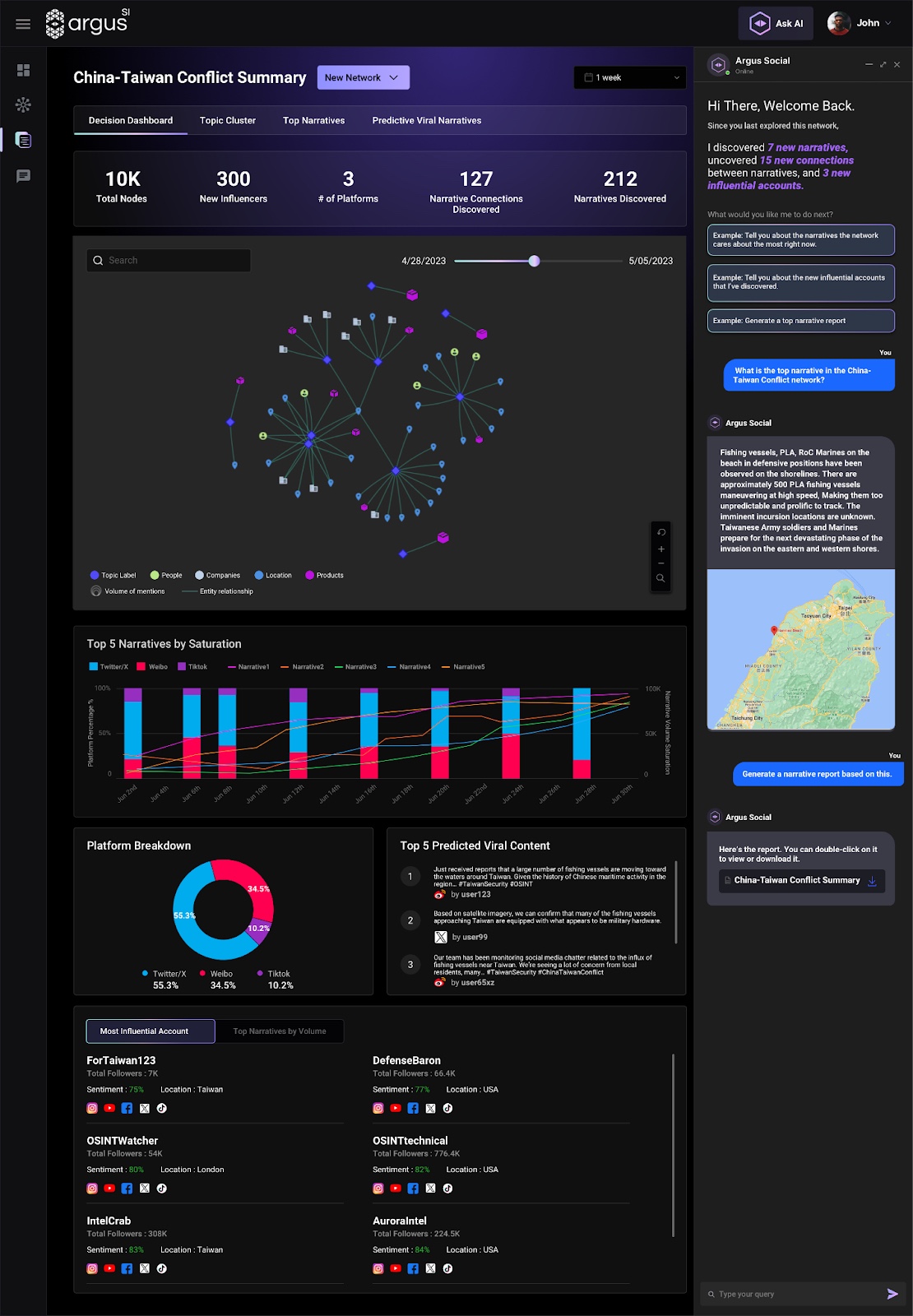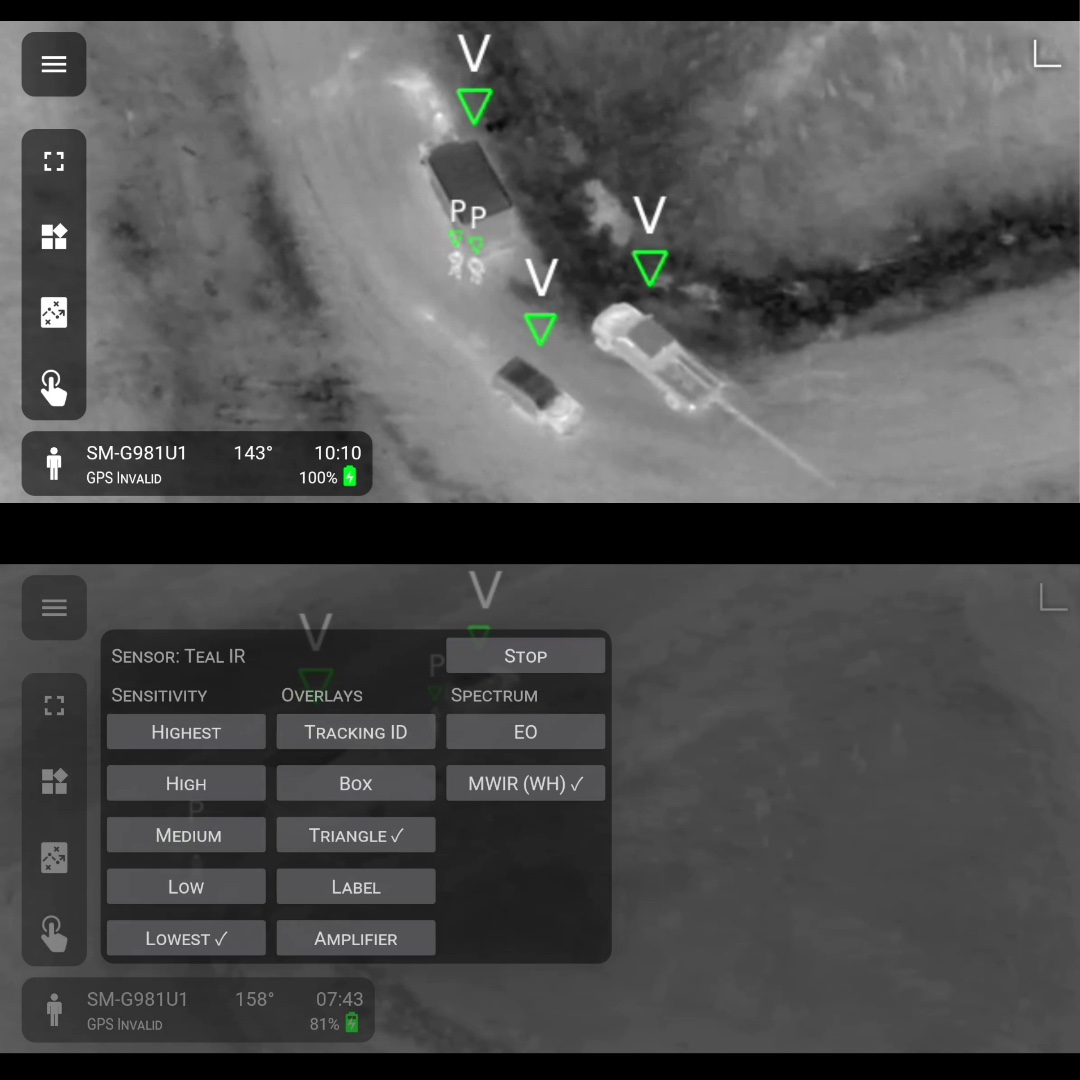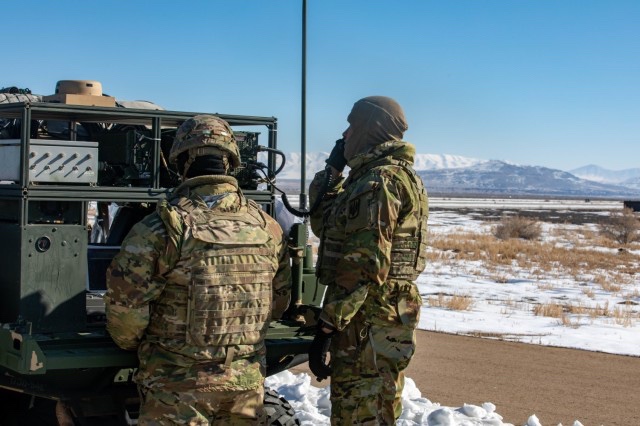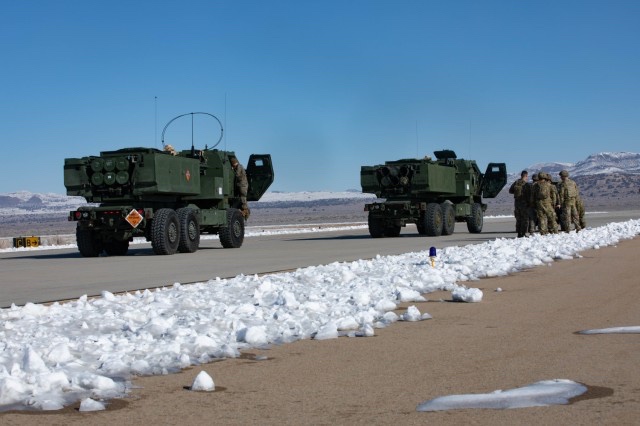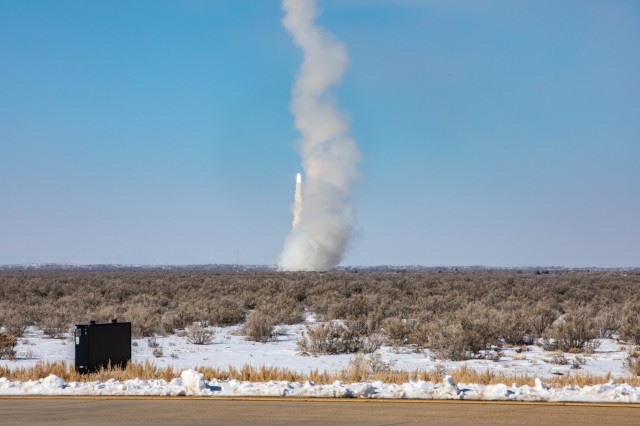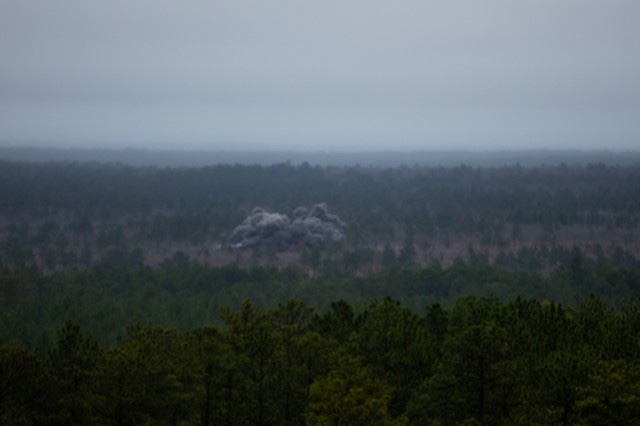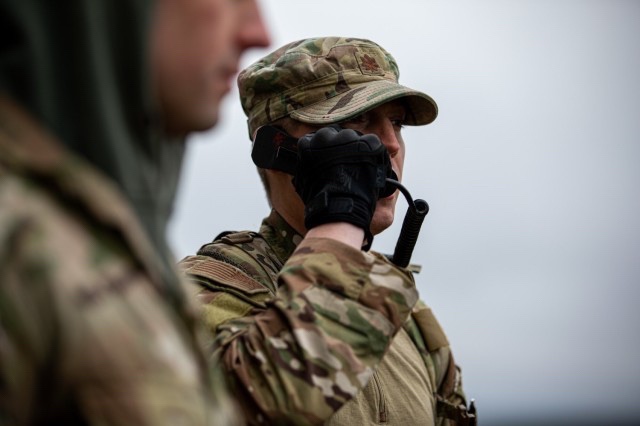WASHINGTON — National Security Agency Director Army Gen. Paul M. Nakasone today announced the creation of a new entity to oversee the development and integration of artificial intelligence capabilities within U.S. national security systems.
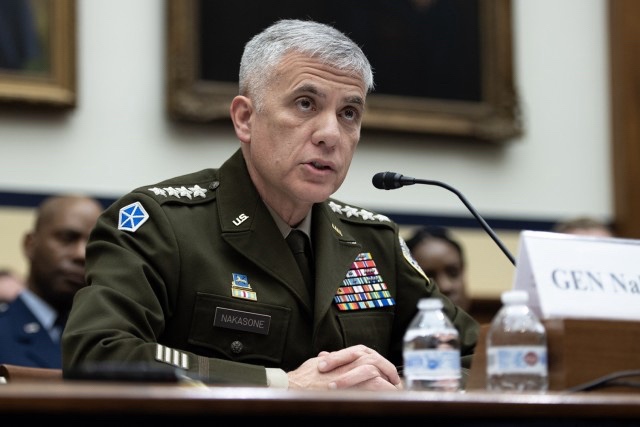
The AI Security Center will become the focal point for developing best practices, evaluation methodology and risk frameworks with the aim of promoting the secure adoption of new AI capabilities across the national security enterprise and the defense industrial base.
The new entity will consolidate the agency’s various artificial intelligence, security-related activities.
“The AI Security Center will work closely with U.S. Industry, national labs, academia across the [intelligence community] and Department of Defense and select foreign partners,” Nakasone said during a discussion hosted by the National Press Club in Washington.
He added that the unique talent and expertise at the NSA make the agency well suited to support the government’s effort to ensure the U.S. maintains its competitive edge in AI.
U.S. officials have emphasized the increasing role AI is having in shaping the national security landscape and have taken steps to shape the future of the emerging technology.
Nakasone noted the most recent strategies guiding U.S. national security, defense and intelligence emphasize the increasingly consequential role of AI.

In January, the Defense Department updated its 2012 directive that governs the responsible development of autonomous weapon systems to the standards aligned with the advances in artificial intelligence. In 2020, the department also published its Responsible AI Strategy and Implementation Pathway, which serves as a key example of U.S. leadership in promoting responsible stewardship of the rapidly emerging technology.
The U.S. has also introduced a political declaration on the responsible military use of artificial intelligence, which further seeks to codify norms for the responsible use of the technology.
Nakasone, who also commands U.S. Cyber Command and serves as the chief of the Central Security Service, warned that it is critical the U.S. maintain its leadership in AI as the technology matures.
“AI will be increasingly consequential for national security in diplomatic, technological and economic matters for our country and our allies and partners,” Nakasone said
“Today, the U.S. leads in this critical area, but this lead should not be taken for granted,” he said. “Our adversaries, who have for decades used theft and exploitation of our intellectual property to advance their interests will seek to co-opt our advances in AI and corrupt our application of it,” he said.

He said it is imperative that the NSA sets a clear path forward to address “both the opportunities and challenges of AI as industry rockets forward with innovation.”
“AI security is about protecting AI systems from learning, doing and revealing the wrong thing,” he said.
“We must build a robust understanding of AI vulnerabilities foreign intelligence threats to these AI systems and ways to encounter the threat in order to have AI security,” he said. “We must also ensure that malicious foreign actors can’t steal America’s innovative AI capabilities to do so.”
By Joseph Clark, DOD News


